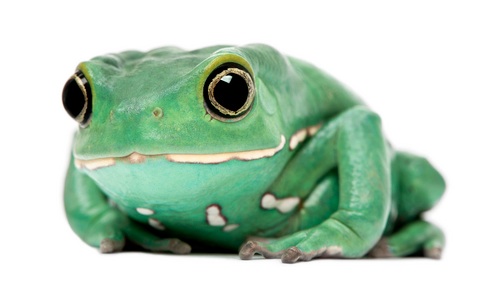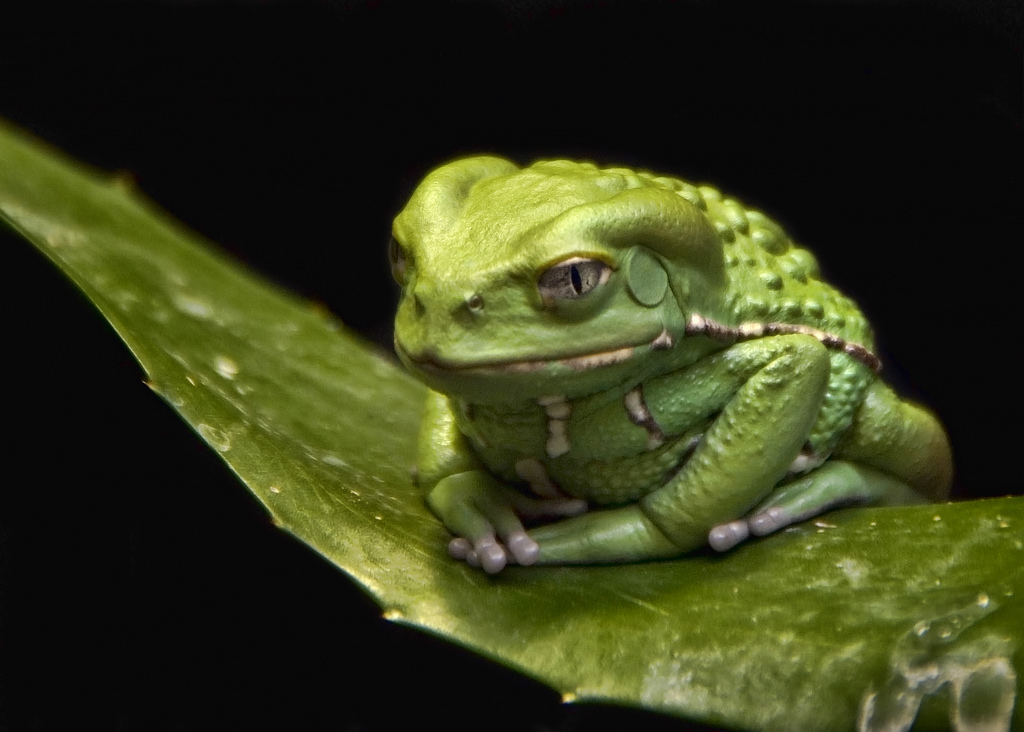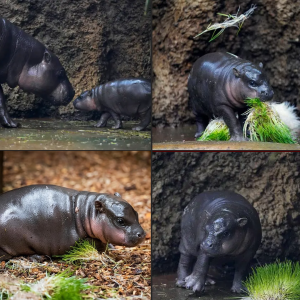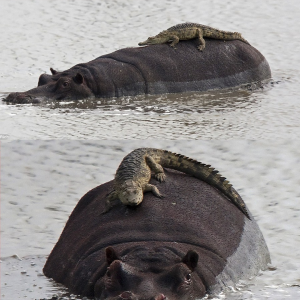
They are ‘’waxy’’ because their skin is coated with a layer of wax that keeps them from drying out to stay cool in the hot and dry living condition.
These frogs are also known as monkey frogs because of their long legs. They don’t jump but moving calmly by grasping tree branches using their opposable thumbs. They usually bask during the day and become more active at night when they hunt for insects.
Males and females are about 5-8 cm long and females are approximately 25% larger than the males.

Key Characteristics of Waxy Monkey Tree Frogs:
- Appearance: These frogs are relatively large, with adults reaching sizes of about 2.5 to 3.5 inches (6 to 9 cm) in length. They have a vibrant green coloration that helps them blend into their leafy rainforest habitats. One of their most distinctive features is their skin, which secretes a waxy substance that gives them a glossy appearance and helps retain moisture.
- Habitat: Waxy monkey tree frogs are arboreal, meaning they live primarily in trees. They are often found near bodies of water, such as ponds or slow-moving streams, where they breed and lay their eggs.
- Behavior: These frogs are nocturnal, which means they are most active during the night. During the day, they hide among the foliage or rest on tree branches, using their excellent camouflage to avoid predators.
- Diet: Their diet consists mainly of insects, such as crickets, flies, and moths, which they capture using their long, sticky tongues.
- Reproduction: Like many tree frogs, waxy monkey tree frogs lay their eggs on leaves above water. The tadpoles hatch and drop into the water below, where they undergo metamorphosis into adult frogs.
- Conservation: While not currently considered endangered, waxy monkey tree frogs face threats from habitat destruction due to deforestation and human development. Conservation efforts focus on preserving their rainforest habitats and ensuring sustainable practices in logging and agriculture.
These frogs are not only important ecologically as part of their rainforest ecosystems but also serve as indicators of environmental health. Their remarkable adaptations and behaviors make them a subject of interest for researchers studying amphibian biology and conservation.






